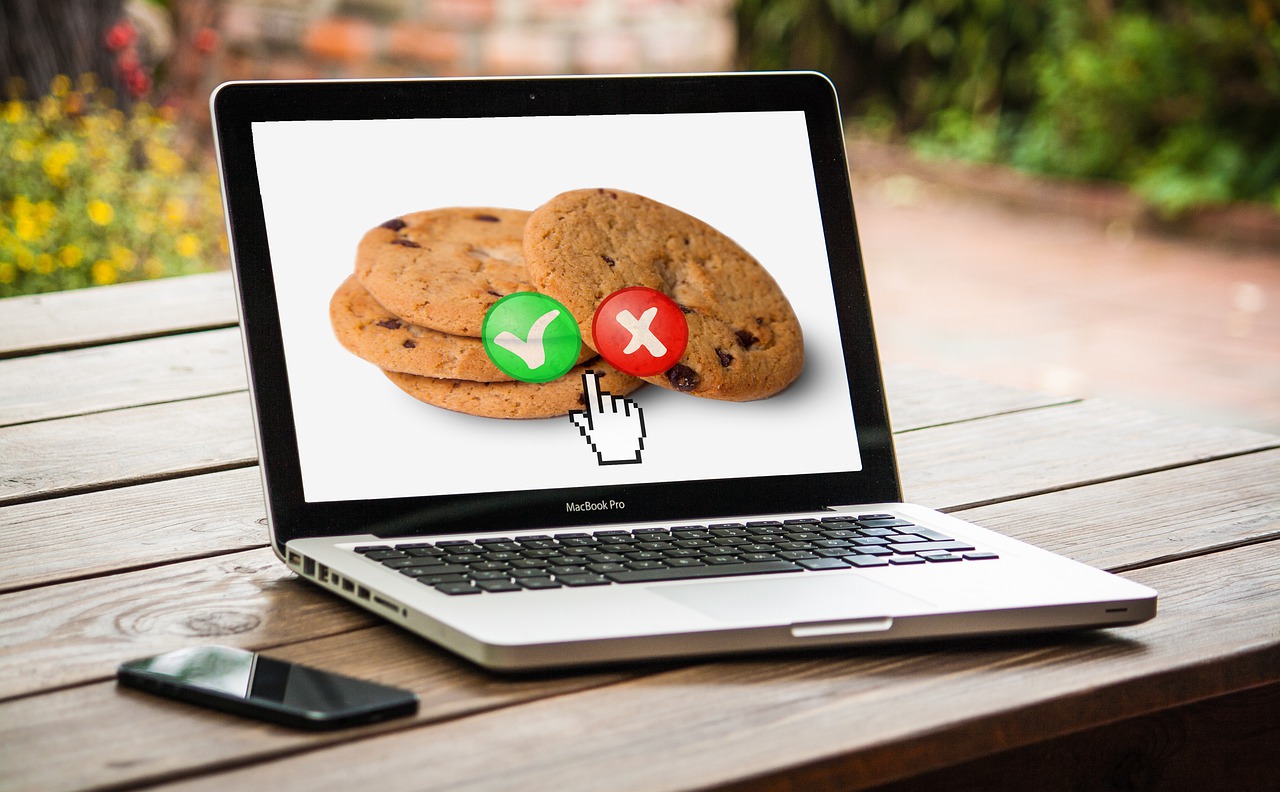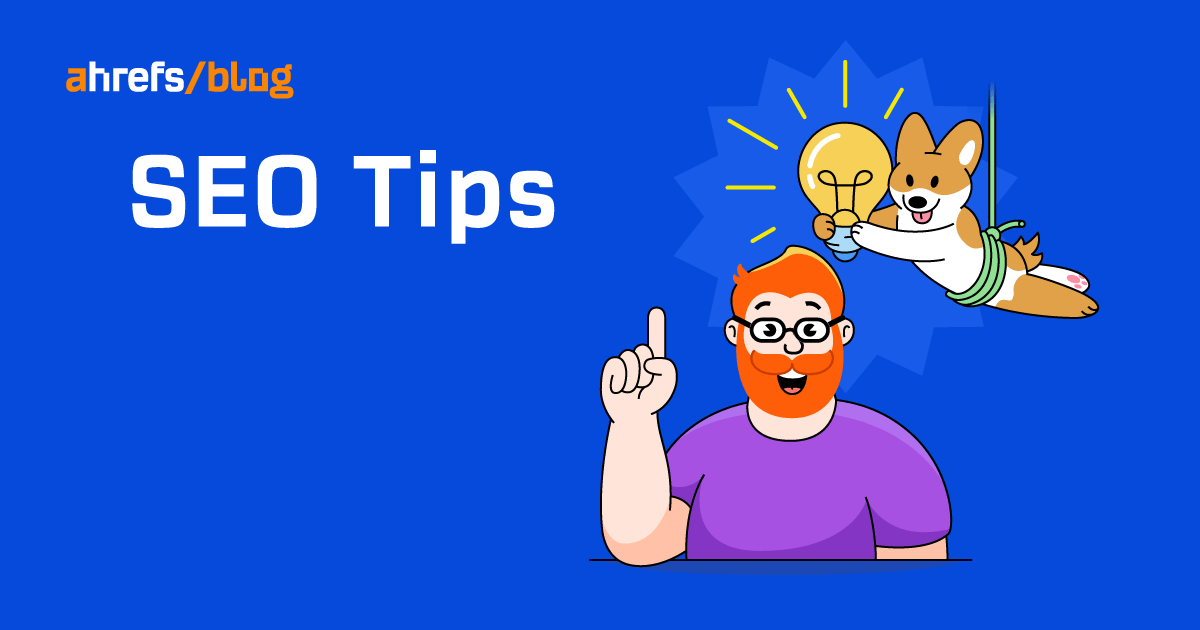The End of Third-party Cookies: How It Will Affect Advertisers and Publishers
Did you know that machines love cookies too? Cookies are ubiquitous on the Internet. These data packets are vital for seamless interaction between client/user devices & the server. Servers send cookies to a device’s web browser and use them...

Did you know that machines love cookies too?
Cookies are ubiquitous on the Internet. These data packets are vital for seamless interaction between client/user devices & the server. Servers send cookies to a device’s web browser and use them to remember different kinds of information about the visitor, including browsing history, specific user preferences, and the like.
Different kinds of cookies exist that allow a business’s online system to:
Identify a user’s purposeTailor a website’s experienceTrack activityAnalyze varied metricsEnhance the performance & usability of a websiteComputers generally store three flavors of cookies in their hard drives.
Persistent cookies are stored long-term and come with an expiration date. They make things easier by storing usernames & passwords for a site. These are essential for any website, from streaming platforms to educational sites.First-Party or Session Cookiesare temporary cookies essential for a website’s operations.Third-party cookies, also known as tracking cookies, collect online behavior data. Marketers & advertisers use these cookies to deliver a personalized ad experience.Cookies are data packets that inform servers about a client through unique information. Though they are essential to the client-server model of the Internet, cookies often get a bad rap due to data privacy issues & unauthorized data collection.
And, third-party cookies get the full blame when it comes to unauthorized activities & intrusions. Rising online privacy concerns and unethical data collection & usage issues by prominent businesses (Facebook, Apple, etc.) compelled Internet behemoths to bring about significant changes.
Google, the world’s top search engine, sounded the death knell for third-party cookies by taking steps towards phasing out third-party cookies.
The End of Third-Party Cookies In 2022
In an article on the Google Ads & Commerce Blog, David Temkin, director of Product Management for Ads Privacy & Trust, highlighted how wanton tracking online user data led to an erosion of trust among the masses. He emphasized Google’s goal for a free and open Web and stated the end of third-party cookie support for all of Google’s applications & products.
By 2022, all major web browsers such as Google Chrome, Mozilla Firefox, and Microsoft Edge will phase out tracking cookies to address growing privacy concerns. And while there is no consensus on the ad-tracking technology or technologies for replacing third-party cookies, marketers and advertisers face a critical challenge.
Third-party cookies are a vital cog in digital advertising. They allow businesses to create targeted ads, deliver personalized browsing experiences, track users across websites, and store metrics such as CTRs, impressions, etc.
So, what does the end of third-party cookies mean for advertisers all over?
It challenges them to innovate and develop instruments of similar potential. Here are the technologies & tactics that digital marketers are focusing upon.
Connecting With The Consumer Through Co-Operation & Trust
The phasing out of cookies brings forth many opportunities for marketers across all sectors. Developing new approaches & strategies to connect with consumers will require innovation & implementation of the latest data-centric technologies. And, researchers can use such opportunities to craft potent instruments that deepen the client-company relationship and restore lost trust.
Consumers engage better with coherent, touching & contextually sensitive brand experiences. Therefore, simplicity and sensitivity will be critical factors in connecting with the consumer directly.An article by Deloitte highlights the relevance of first-party cookie data for analyzing user preferences and behavior. As a result, mastering first-party cookie data will play a key role in digital marketing analytics in the future.Also Read: The 10 Important Google Search Algorithm Updates of 2021
‘Walled-garden’ media ecosystems such as social media apps, e-commerce platforms, and traditional media networks (TV/Print/Radio) employ varied potent advertising techniques. In addition, these entities use numerous latest technologies such as predictive analytics & machine learning to learn more about users without intruding on unethical data collections.AI and data analytics are rising technologies that have the potential not just to replace but make third-party cookies utterly obsolete. Social media sites such as Twitter & Redditt use ML to diversify and personalize user experiences across the board.
Transparency is key to rebuilding lost trust. Companies must be more open about how they are using user data. Advertisers must abstain from any unethical usage that violates the rights & privacy of the customer. Companies need to train their staff in that regard and spotlight transparent user connections.Brands and businesses need to bring their advertising operations closer home. However, while third-party marketing tech companies can provide tremendous benefits, most consumers are uncomfortable sharing their data.Companies need to bring things closer. They need to be honest and forthcoming with their customers and provide a clear understanding. If a brand shares marketing data with third parties, informing clients about it is the best way to build long-term trust and loyalty.
The digital marketing behemoth Hubspot urges marketers and advertisers not to panic. Instead, this is the time to look for an effective, efficient, flexible, and resilient solution.Careful auditing of all online marketing endeavors is essential to determine dependencies on third-party data. As a result, companies relying solely on tracking cookie data need to look for alternatives with some urgency. Google’s Privacy Sandbox, applications that help leverage first-party cookie data, predictive marketing analytics platforms, and contextual advertising, remain the best possible options currently. In addition, audience retargeting and lead nurturing employ first-party data to connect with users.
Third-party cookies were already losing their sheen, thanks to the rampant usage of ad blockers and virtual private networks.
Customer data platforms are another popular tactic wherein marketers capture & store first-party cookies. The data from these cookies is then mined for use in CRM, social media, and more.Change is coming! With the phasing out of third-party cookies, digital marketing will go through a drastic transformation. This change brings widespread opportunities for marketers to innovate and marketing technologies to progress further!
And that wraps up this write-up. Hope this write-up was interesting and informative for one and all.
Take care!

 UsenB
UsenB 
































